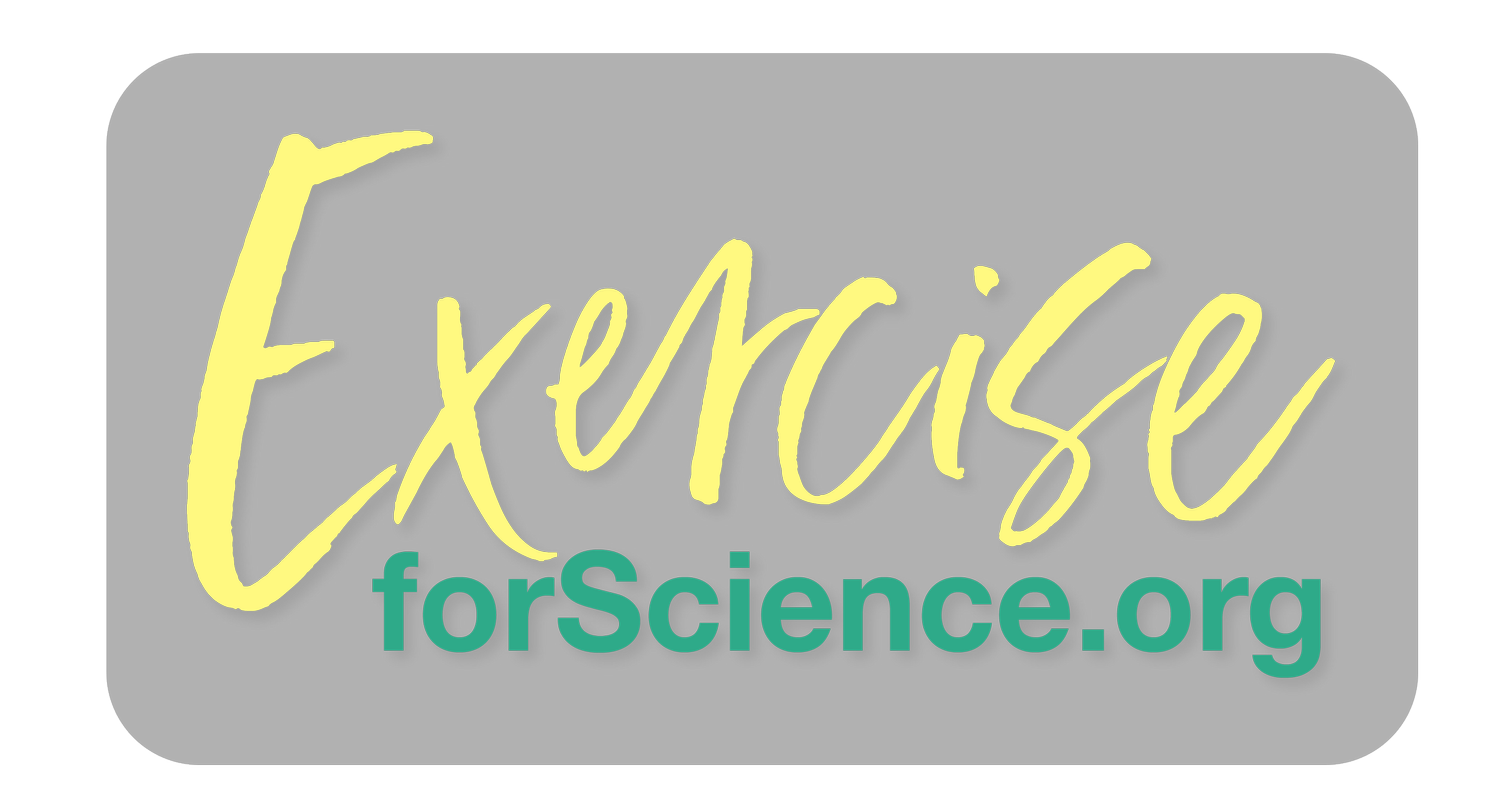Chasing the silent thief: new insights on sarcopenia
How MRI is helping us fight age-related muscle loss
Why do we lose muscle as we age—and what can we do about it? Advanced MRI and AI tools offer new answers.
You might not have heard of sarcopenia, but your body will definitely experience it. Sarcopenia is the silent muscle thief — the natural but serious loss of muscle mass and strength that kicks in as early as our 30s—and speeds up as we get older. By the age of 70 or 80, many people have lost up to half their muscle mass.
That’s not just a cosmetic concern. Muscle loss affects everything from balance and mobility to joint health and independence. As the global population over 80 is set to triple by 2050, understanding—and addressing—sarcopenia is more important than ever.
Muscle loss matters more than you think
Muscle is more than what moves us. It supports our bones, cushions our joints, helps control blood sugar, and even protects us from injury. When we lose muscle, everything gets harder—from standing up quickly to staying steady on a crowded street.
But muscle loss isn’t inevitable. With new imaging tools, we’re starting to see exactly how and why it happens — and what we can do to slow it down or reverse it.
What MRI can tell us about ageing and exercise
MRI (magnetic resonance imaging) gives us a detailed, non-invasive look inside the body, enabling us to track how muscle tissue and fat change over time, and how different types of exercise affect joint and muscle health.
At Exercise for Science, we’re investigating the direct relationship between exercise, muscle health, and ageing—specifically through the lens of advanced MRI technology. Our multidisciplinary team, based at University College London and the Royal National Orthopaedic Hospital, includes orthopaedic surgeons, radiologists, biomedical engineers and technologists, led by Professor Alister Hart.
Together, we’re exploring how to visualise changes in the musculoskeletal system over time—and what lifestyle factors, particularly exercise, can do to influence those changes.
In one of our studies, we followed novice marathon runners training for the London Marathon and used MRI to scan their knees before, during, and after the event. What we found was unexpected: many runners showed improvements in pre-existing joint issues—like cartilage wear or bone marrow oedema—during the course of their training. These findings challenged the long-standing assumption that running damages the knees, especially for beginners. In fact, the data suggest that moderate, structured endurance training may help restore joint health for some people. Study: Can distance running be good for your knees?
We also explored how running affects hip joints in new marathoners, again using detailed MRI scans. Despite the presence of common issues such as labral tears and bone marrow oedema at the start of training, we saw no worsening of these conditions after the marathon. This points to a powerful conclusion: our joints may be more resilient than we give them credit for, especially when supported by gradual, well-planned physical activity. Study: What effect does running your first marathon have on the hips?
In another study, we turned our attention to muscle mass and fat distribution in the gluteal muscles, comparing middle-aged men who cycle regularly with those who are largely sedentary. The differences were clear: cyclists had larger gluteal muscles and significantly lower levels of fat infiltration. Stronger, leaner muscles mean better support for joints like the hips and knees—and less stress on the skeletal system overall. This research underlines the protective role of regular physical activity in preserving mobility and musculoskeletal health as we age. Study: How does cycling affect muscle mass?
“Our research suggests that fat infiltration in the gluteus maximus could be a valuable marker of muscle health, good mobility, and healthy hips,” says Professor Alister Hart. “Strong muscles help protect joints.”
AI: revealing the unseen
MRI scans create powerful images—but analysing them takes time and expertise. AI accelerates the process exponentially, enabling us to identify and measure different muscles on MRI scans automatically, calculating both muscle volume and fat content.
This level of precise data at scale could be transformative. It can allow us to detect muscle loss far earlier than we can today—and means we can tailor exercise and treatment programmes to keep people stronger, for longer.
“Our goal is to bring this into routine healthcare,” explains Professor Hart. “By combining imaging with AI, we can spot muscle decline earlier and act before it impacts someone’s independence.”
A clear message
The science is clear: regular physical activity, especially strength-based exercise, is one of the best defences against age-related muscle loss. Add in good nutrition—especially adequate protein—and you’ve got a strong foundation for healthy ageing.
We’re learning more every day, and there’s still a lot to discover. But thanks to advances in MRI, AI, and exercise science, we’re closer than ever to giving people the tools to age well—with strength, confidence, and mobility.
This article is based on a longer feature from Cleveland Clinic

